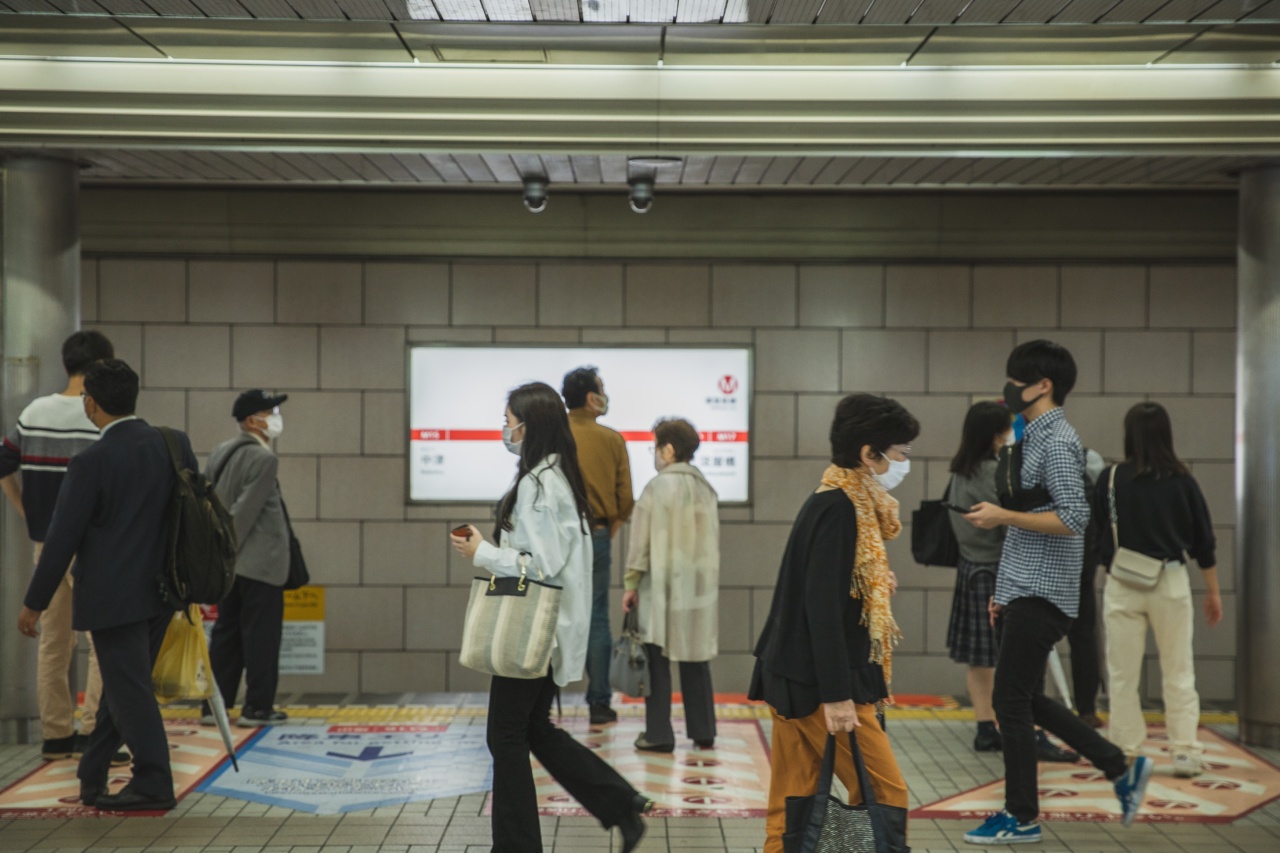The ongoing COVID-19 pandemic has made people more aware than ever of the importance of avoiding close contact with others to prevent the spread of viruses.
While it is crucial to maintain good hygiene practices and follow social distancing guidelines at all times, certain hours may have a higher risk of virus transmission than others.
1. Mornings
In the early hours of the day, people often gather in public places such as supermarkets, grocery stores, or outdoor markets to stock up on essential supplies.
This rush can result in crowded spaces, making it difficult to maintain appropriate physical distance from others. Moreover, many people may not have had time to wash their hands thoroughly or wear a mask while rushing to get ready for the day, increasing the chances of transmitting or contracting viruses.
2. Lunch Breaks
Lunchtime is a popular hour for people to take a break from work or school and head out for a meal.
Restaurants, cafes, and food courts can become crowded during this time, especially in urban areas where people often have limited time for their lunch break. The confined spaces, coupled with the potential negligence of hygiene practices, can raise the risk of virus transmission.
3. Afternoons
In the afternoon, schools often let out, and children flood the streets and public transport systems.
The lack of awareness among younger individuals about the importance of social distancing makes this hour particularly vulnerable to virus transmission. Students often interact closely with their peers, increasing the likelihood of spreading viruses if any individual is carrying an infection.
4. Evenings
As evening arrives, people start rushing home from work, resulting in crowded buses, trains, and other forms of public transportation.
The confined spaces and increased contact in these modes of transport can facilitate the spread of viruses if an infected person is present. Additionally, in the evenings, people may be more likely to gather in bars, restaurants, or other social venues, increasing the risk of close contact and transmission.
5. Weekends
Weekends are generally considered leisure time, and people often engage in various social activities, such as shopping, dining out, or attending gatherings.
The combination of increased foot traffic in public spaces and a larger number of social interactions raises the risk of virus transmission. Especially during holidays or special events, when people tend to congregate in larger numbers, the chances of coming into contact with an infected individual rise significantly.
6. Rush Hours
During weekdays, rush hours occur when people commute to and from work. Public transportation such as buses, trains, and subway systems can become crowded during these periods.
The proximity of individuals in such closed spaces, along with limited ventilation, provides an ideal environment for the transmission of viruses. Additionally, individuals who cough or sneeze without covering their mouths can exacerbate the risk further.
7. Late Nights
While late nights may not see high foot traffic, they can still pose a risk. People leaving establishments like bars or clubs may be more likely to let their guard down, neglecting social distancing guidelines as they become intoxicated.
This behavior can increase the risk of close contact and potential virus transmission.
8. Public Holidays
Public holidays often witness an increase in travel, shopping, and social gatherings. Vacations or long weekends may prompt individuals to visit crowded tourist destinations or engage in group activities.
These situations can result in an elevated risk of virus transmission due to the higher number of people coming into contact with one another.
9. Cold Weather Months
In many regions, colder months bring about a range of infections, including respiratory viruses. During winter, people tend to spend more time indoors, often in confined spaces with poor ventilation.
The longer periods spent indoors and in close proximity to others can contribute to a higher risk of virus transmission.
10. Areas with High Case Rates
Areas experiencing high case rates of a specific virus pose a greater risk throughout the day, regardless of the hour. If the virus is prevalent in a community, the chances of encountering an infected individual increase, regardless of the time of day.
It is essential to remain cautious, adhere to guidelines, and prioritize personal protective measures in such areas.



























